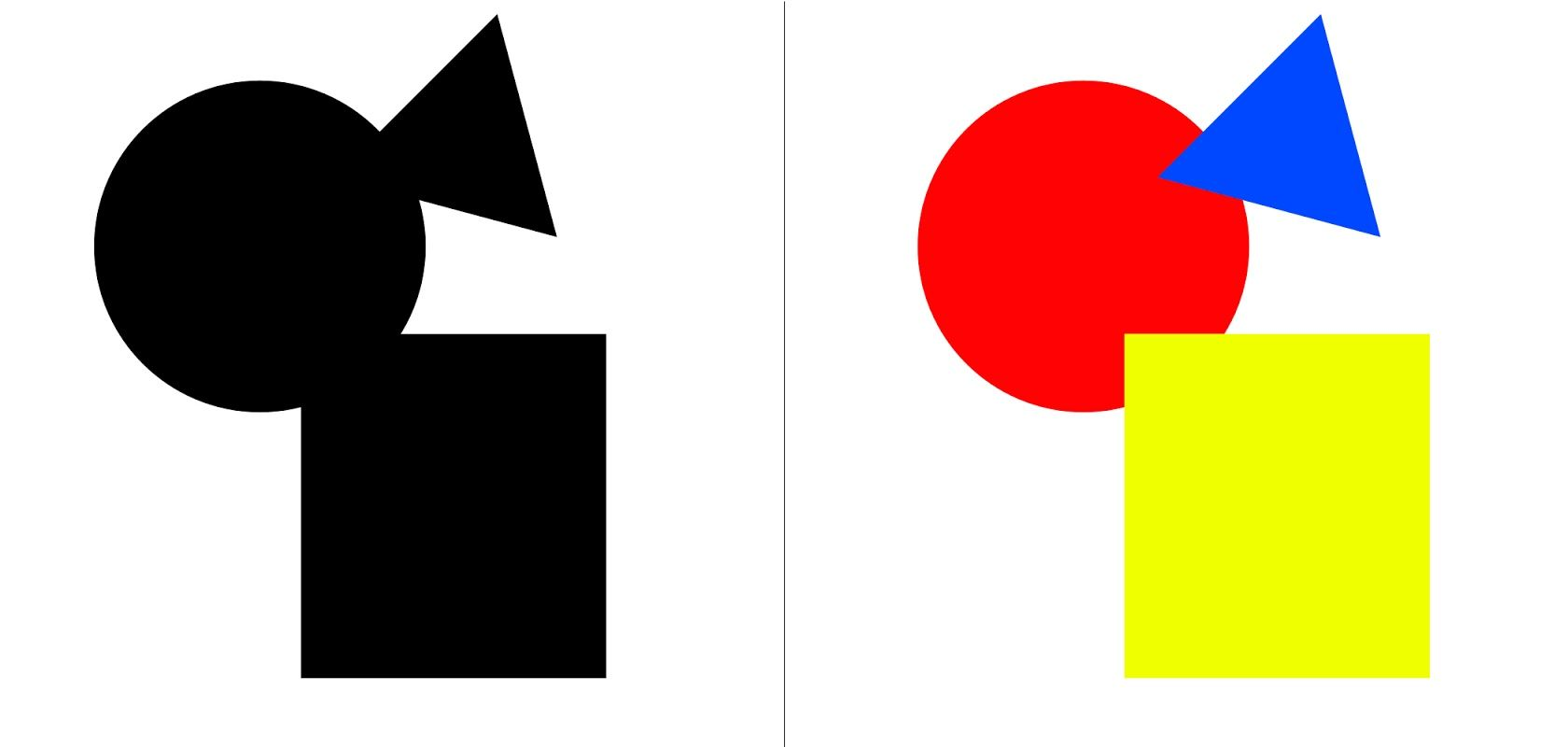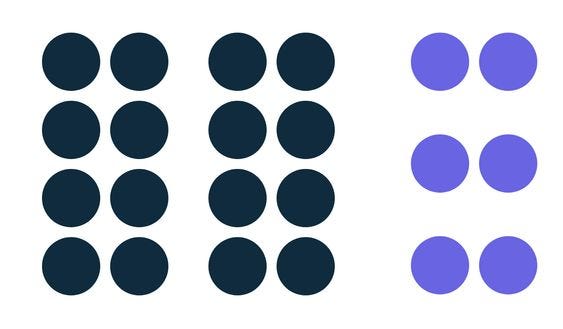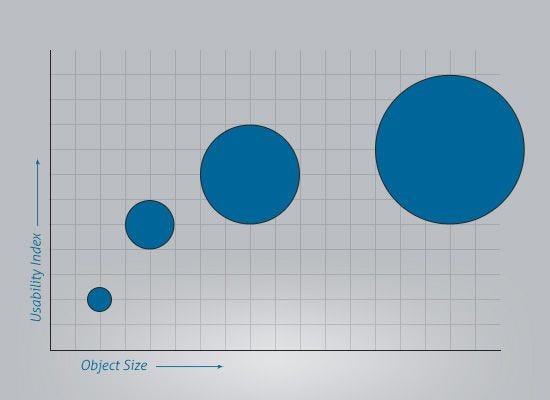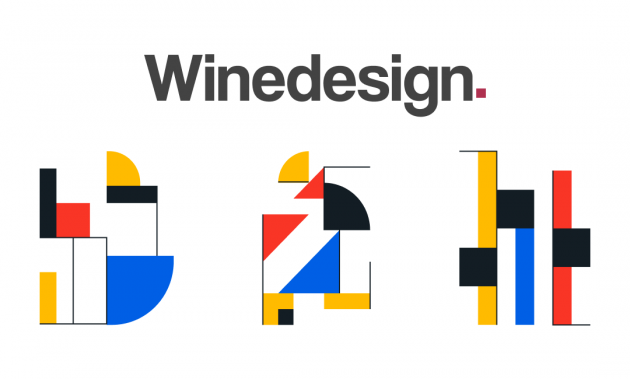Winedesign; A design firm aiming to really integrate design and psychology.
Fundraising campaign by
Tuneer Guha
-
US$0.00raised of $50,000.00 goal goal
The campaign owner has stopped the page from accepting further donations. Please contact them if you'd still like to donate
Campaign Story
The aim of this campaign is create and run a design firm that incorporates psychology deeply in design and making the services accessible for a low cost. Most forms of designs are just based on what looks good to the person sanctioning it or the person making it. That should not be the case, good design is something that should be accessible to everyone. Its should also be something that is thought and emotion inducing.
While there are a ton of great design firms that actually care about the human emotion. There aren't enough for the people who cant afford it.
Just for your reference, I have put together a few aspects of psychological design.
Law of Prägnanz
(good figure, Law of simplicity)
“People will perceive and interpret ambiguous or complex images as the simplest form(s) possible. because it is the interpretation that requires the least cognitive effort of us.”


Closure
“When seeing a complex arrangement of elements, we tend to look for a single, recognizable pattern.”
Closer is the opposite of what we see in the Prägnanz image. As humans, we are a curious bit of creatures. Human eyes are made to see complete shapes. When they are not complete the possibility of humans thinking that there is more of the shape in the hidden space is greater than seeing the full object. When a human sees the full object, they observe and conclude that that point to be the stopping point. The best thing is to keep the continuity of the application.


Proximity
“Objects that are closer together are perceived as more related than objects that are further apart.”
When objects are placed in close proximity, they tend to shape a single group. Normally the human brain creates relationships between similar elements that are close together. If you take an example,(figure 3) when elements are close together we think it’s one group, and when they are distance we think that they are individual objects but not as a group.


In the above image, you can see the shape, color, and space between the object and you can group one another.
Figure/Ground
“Elements are perceived as either figure (the element in focus) or ground (the background on which the figure rests).”
Our eyes are made in a way to understand and differentiate elements from its background. If the elements are not distinguishable from the background the elements blends with the background the user might miss important messages and details. That creates frustration in users.


In the above image, you either see a butterfly or two men depending on whether you see the white color as a figure and the white as ground or butterfly.
In design, Gestalt principles play a major role in the part of psychology. It will support the designers to create a product that solves a particular problem by understanding and predicting user behavior.
Fitts’s Law
The time to acquire a target is a function of the distance to and size of the target
To understand more about the psychology and design the next principle that I have looked into it is the Fitts law. It’s a very simple principle as well. When this principle explains object size and functions. When objects are bigger with their functions which are built-in, it’s very easy for the user to understand and interact with the object. Furthermore, when the objects with functions are placed close to human reach it is really easy for the user to interact with it.
Fitts’s Law faster to hit a larger target close to you, than a small target further from you. Now you are thinking that it should be easy enough to go off and find another equally apparent statement and make a law about it. The think is Fitts didn’t just make the law. He backed up with science, making an equation.
MT = a + b log2 (A / W + 1)
MT =dependent variable
a and b =regression coefficients
A =distance or amplitude to move,W =width of the region within which the move terminates.


The chart on top illustrates the target size increases the usability of the application also increases. In an application, when the distance increases between the action it takes a longer time to access the function, and when the object increases in size it becomes difficult to access the object. When humans interact with the applications the time humans spend on the application creates emotions towards the users. When the time increases to complete a task, the user feels frustrated and given up completing the task.
As an example, The brake pedal in the car is bigger than the accelerator pedal. It’s also closer to you and that makes it faster and easier to hit in an emergency.
And another example is, the button for switching on heavy machinery is small and recessed; the button for stopping. It is large and prominent. You don’t want people to start machines by accident, but you do want them to be very easy to stop if there is a problem.
Organizer
- Tuneer Guha
- Campaign Owner
No updates for this campaign just yet



